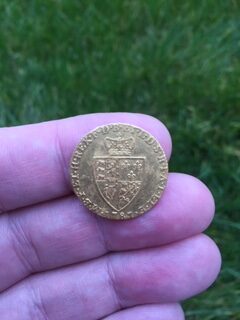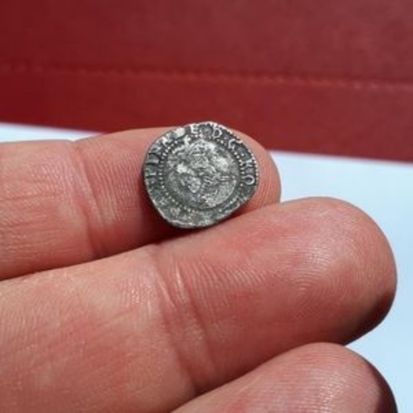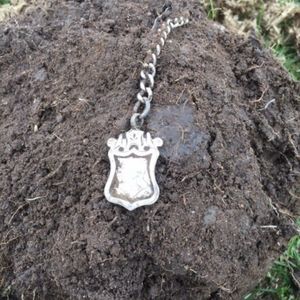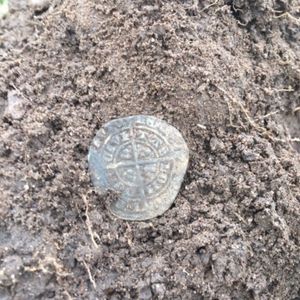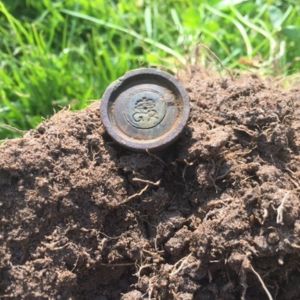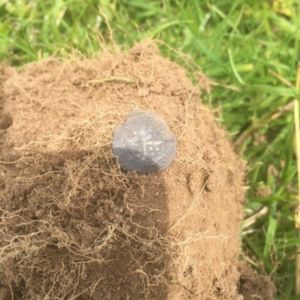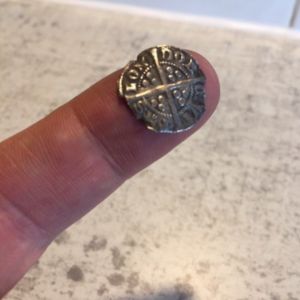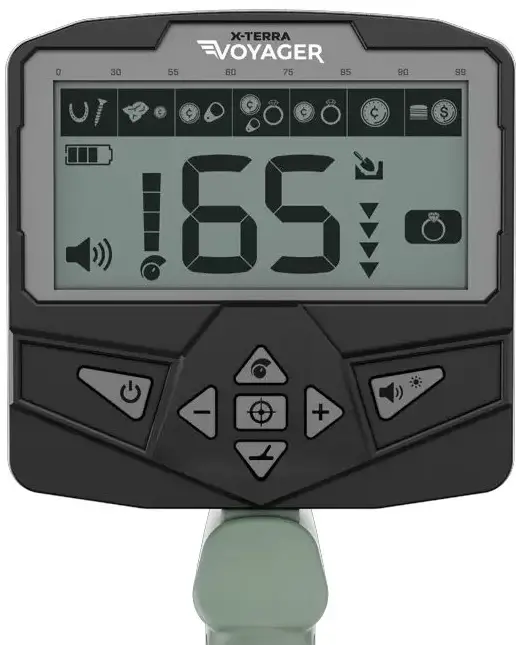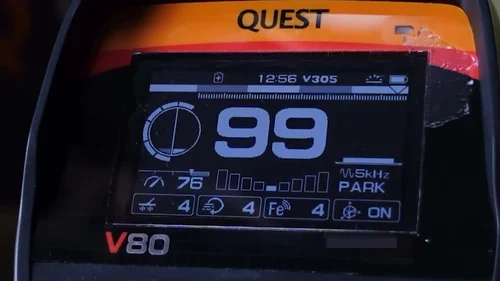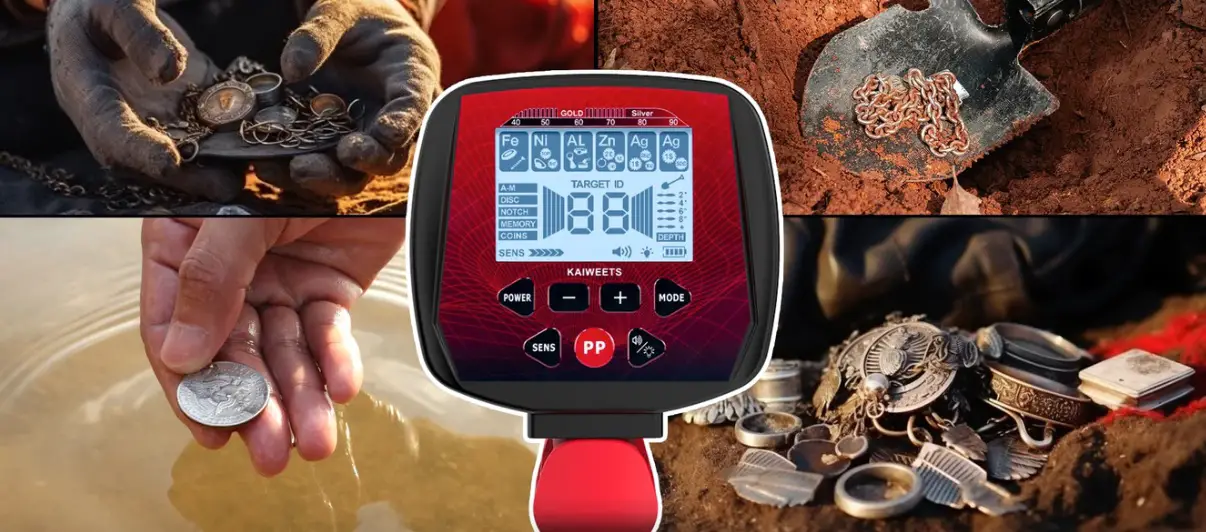Garrett Ace 250 metal detector
The Garrett Ace 250 is the slightly bigger brother of the Garrett Ace 150. Originating from one of the leading metal detecting manufacturers in America, Garrett, the Ace series hit the budget, beginner sector by storm.
The Ace 150 and 250 became available around 2005 and now largely superceeded. The Ace 150 by the Garrett Ace 200i and the Ace 250 by the Ace 300i. The Ace 400i tops the range out with a Proformance DD type coil.
The amount of features increase as you progress through the range. You will probably today only find a Garrett Ace 150 or Ace 250 on the second market or brand new, old stock still be sold.
These are entry level machines and in reality, as beginners gained knowledge and experience, upgrading their machines was inevitable.
The positive points with these machines is that they are simplicity to use and will find coin sized targets quite easily. Easy ways to boost the performance of these machines was with a coil upgrade.
I have a more in depth article here on how metal detector coils work and the benefits of an upgrade.
Swapping the original shipped coil with a coil upgrade would increase depth, increase sensitivity and also target separation in more busy areas.
Check out my article on the NEL Tornado coil upgrade for the Garrett Ace 250 here.
The Garrett Ace 250 originally shipped with a “Pro-formance” 6.5″ x 9″ open elliptical coil. This would give slightly more ground coverage being elliptical rather than circular but essentially operate the same.
Originally retailing around the £250 mark, it boasted a computerised screen with touch pad, silent searching and graphic target ID on the screen. Many detectors before this were analogue with knobs and switches!

Garrett Ace 250 features
The main features that proved attractive at this price point back in 2005 were the preset search modes of Coins, Relics, Jewellery, All Metal and Custom. These all gave varying degrees of discrimination.
Coin mode would give most discrimination, Jewellery would be a little less and All Metal basically none at all. These patterns are set up for US coinage remember.
Most UK users would take advantage of the Custom mode and set up their own discrimination level. I have a more in depth article on metal conductivity and discrimination here.
Other features would include a pinpoint function to precisely locate your target, a target depth indicator, a target ID conductivity bar and indicator and a battery level indicator.
The audio output would be provided either by an external speaker or wired headphones which were usually supplied.
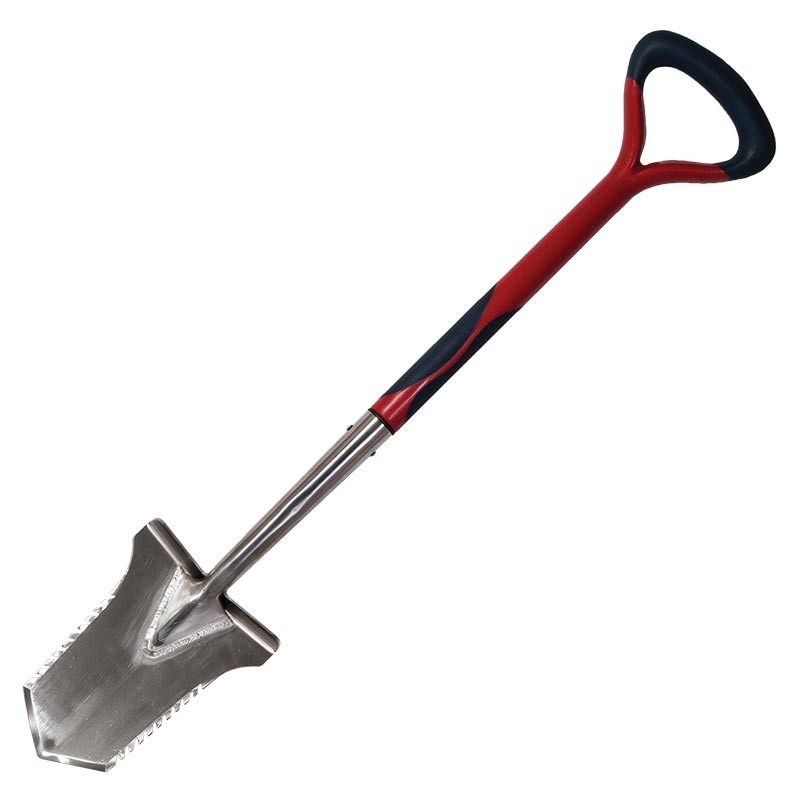
The Evolution Pro Cut
The ultimate accessary for the serious metal detectorist. Super strong, stainless steel specially designed spade.
Garrett Ace 250 Conclusion
The Garrett Ace 250, although now superceeded by the Garrett Ace 300i was sold in massive numbers and proved to be very popular. For an entry level machine, it did exactly what people wanted it to.
It would comfortably find coin sized objects to depths of 6-8 inches and provide the user with a lot of enjoyment in the knowledge that it would pick up most things.
For a great in depth look at a field test of the Ace 250, Bob Smith carried one out for Treasure Hunting magazine. I have an article on metal detecting magazines here.
With brand new, old stock Garrett Ace 250’s and Garrett Ace 300i’s stil hovering around the £240-£260 mark, what alternatives could you look at in that price range?
If £250 is slightly over your budget but you are desperate to start metal detecting, you will not find a better single frequency starter machine for around £180 than the Quest X5.
You can read my article on the Quest X5 here.
Alternatives to Garrett Ace 250 and 300i
From when the Ace 250 was launched, and to an extent the 300i which is basically the same detector but just “refreshed” and rebadged, they were always ‘single frequency’ detectors.
Technology has massively improved and moved on with many detectors using ‘multi frequency’ technology.
This technology has opened up a whole new world as what was thought to be hunted out and empty fields are now producing finds again.
The technology of multi frequency is far too big for this article but you can read my article explaining how multi frequency technology works here.
The stand out choice for a sub £250 alternative is the Minelab Vanquish 340. Minelab pioneered multi frequency technology and where it originally was massively expensive, is now affordable.
The Minelab Vanquish is the entry level machine in the Vanquish range which consists of the 340, 440 and 540. The 340 packs a massive punch by simultaneously using 5 different frequencies.
It also ships with a cracking 11 inch DD coil making this the best in its class. You can read my in depth, deep dive into the Minelab Vanquish series here.

Unbeatable Multi Frequency!
You can now get the ultimate power of multi frequency technology over single frequency detectors with the Minelab Vanquish range of detectors.
The entry level Vanquish 340 now gives you ultimate depth, stability and sensitivity on all target types in every soil, including wet beach sand.



